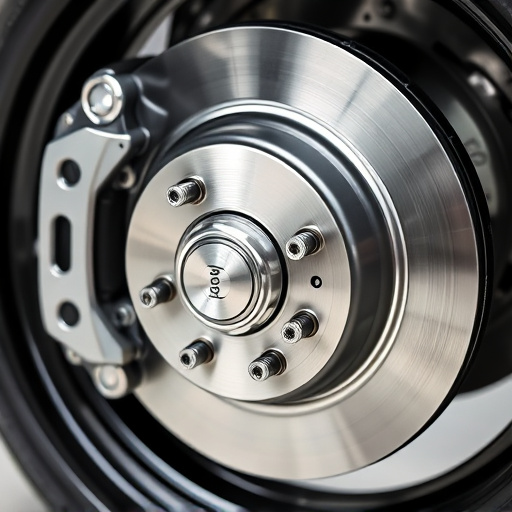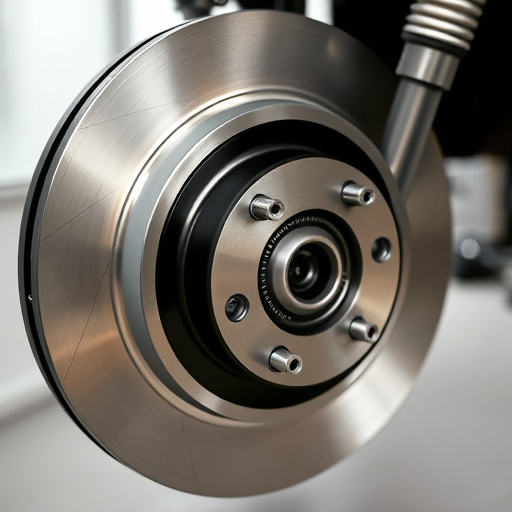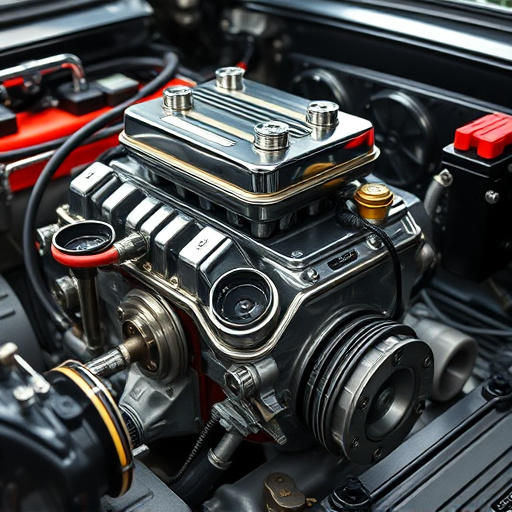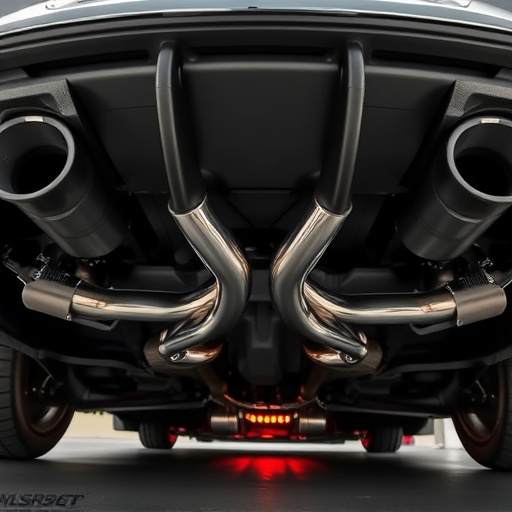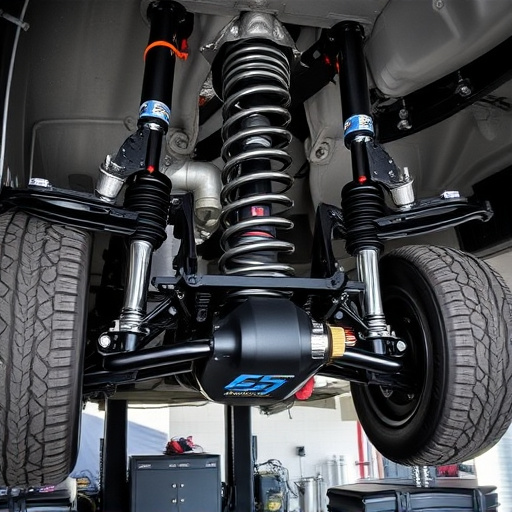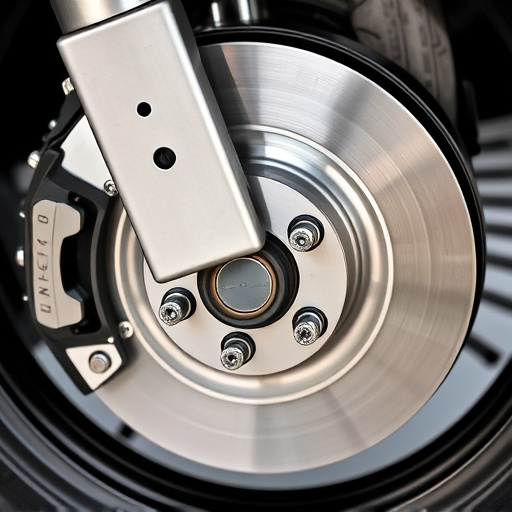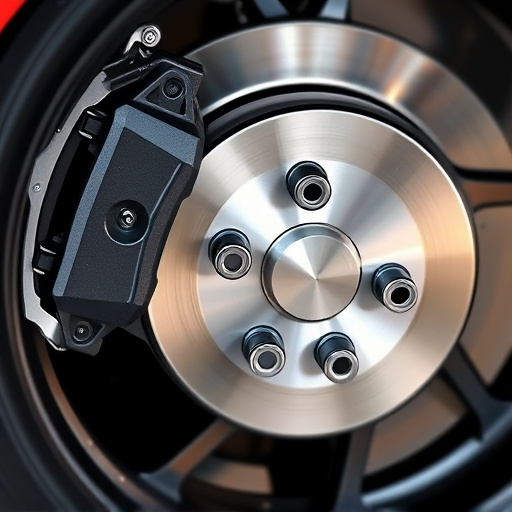Air intake installation boosts engine performance but requires ECU (Electronic Control Unit) reprogramming to maintain optimal fuel efficiency and prevent potential emissions issues. This process adjusts engine mapping, enhancing throttle response, fuel economy, and overall driving experience. Reprogramming ensures the vehicle's computer accurately controls the improved airflow from high-flow air intakes, harmoniously integrating with other performance upgrades.
Air intake installation is a popular modification for enhancing vehicle performance. However, for optimal results, understanding when it requires ECU (Engine Control Unit) reprogramming is crucial. This article delves into the interplay between air intake and ECUs, elucidating when reprogramming is necessary. We explore signs indicating the need for an update, outline the benefits of optimized firmware, and describe the process involved in achieving peak performance through ECU reprogramming.
- Understanding Air Intake Installation and Its Impact on ECU
- When Reprogramming is Necessary: Signs and Benefits
- The Process of ECU Reprogramming for Optimized Performance
Understanding Air Intake Installation and Its Impact on ECU

Air intake installation is a process that involves upgrading or replacing the factory air filter and housing with a high-flow system designed to optimize airflow into the engine. This modification can significantly impact the vehicle’s performance, especially when paired with high-performance parts like coilover kits or suspension kits. The Engine Control Unit (ECU), responsible for managing various engine functions, relies on accurate air/fuel mixture calculations to ensure optimal combustion.
A standard air intake system feeds the engine a specific volume of air at a particular pressure. When an upgraded air intake is installed, the increased airflow can disrupt the ECU’s calculated air-to-fuel ratio. This discrepancy may result in inefficient burning of fuel, leading to decreased performance and potentially compromising emissions standards. Therefore, after installing a high-flow air intake, ECU reprogramming becomes necessary to adjust the engine mapping and ensure the vehicle runs smoothly, maximizing both power and efficiency.
When Reprogramming is Necessary: Signs and Benefits
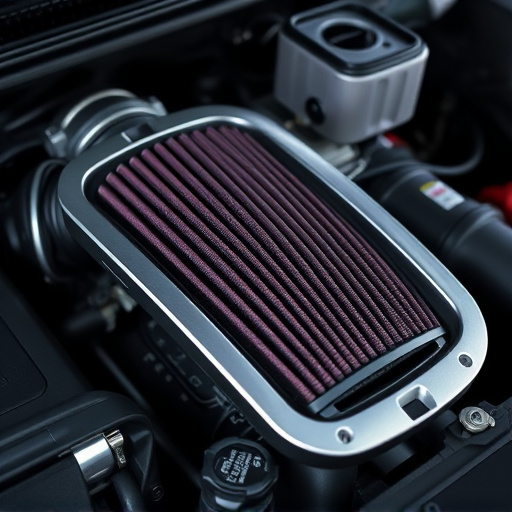
When it comes to air intake installation, there are instances where a simple upgrade isn’t enough. Reprogramming the ECU (Electronic Control Unit) becomes necessary to ensure optimal performance and compatibility with the new components. This is especially true for those who have installed high-flow air intakes, which can significantly alter the engine’s air-fuel mixture.
Signs that indicate the need for ECU reprogramming include poor engine performance, such as stalling, rough idling, or loss of power. You might also notice fuel efficiency issues, unusual noises, or the check engine light coming on. Benefits of reprogramming include enhanced overall vehicle performance, improved throttle response, and better control over the engine’s behavior, especially during acceleration. It ensures that your car’s computer receives the correct data, leading to a more seamless driving experience, and when combined with other upgrades like suspension kits or performance brakes, can significantly enhance your vehicle’s capabilities on the road.
The Process of ECU Reprogramming for Optimized Performance

When undertaking an air intake installation, ECU reprogramming plays a pivotal role in achieving optimized vehicle performance. This process involves updating the Engine Control Unit (ECU), which acts as the brain of the engine management system. By rewriting the software, the ECU can interpret and respond to the enhanced airflow from the new air intake components more efficiently. This results in improved throttle response, increased power output, and a smoother overall driving experience.
The actual reprogramming is typically done using specialized tools and software that communicate with the ECU. Mechanics or experienced enthusiasts connect these tools to the vehicle’s diagnostic port, allowing them to access and edit the ECU’s control algorithms. The updated software takes into account the changes introduced by the air intake components, such as cold air intakes and high-flow air filters, ensuring optimal performance not just of the engine but also other critical systems like exhaust mufflers and brake rotors.
Air intake installation can significantly enhance engine performance, but it’s crucial to understand that it may require ECU reprogramming for optimal results. By recognizing the signs of necessary reprogramming and understanding the benefits, car owners can ensure their vehicles achieve peak efficiency after modifying the air intake system. The process involves advanced techniques to update the ECU’s parameters, resulting in improved throttle response, power output, and overall driving experience.








